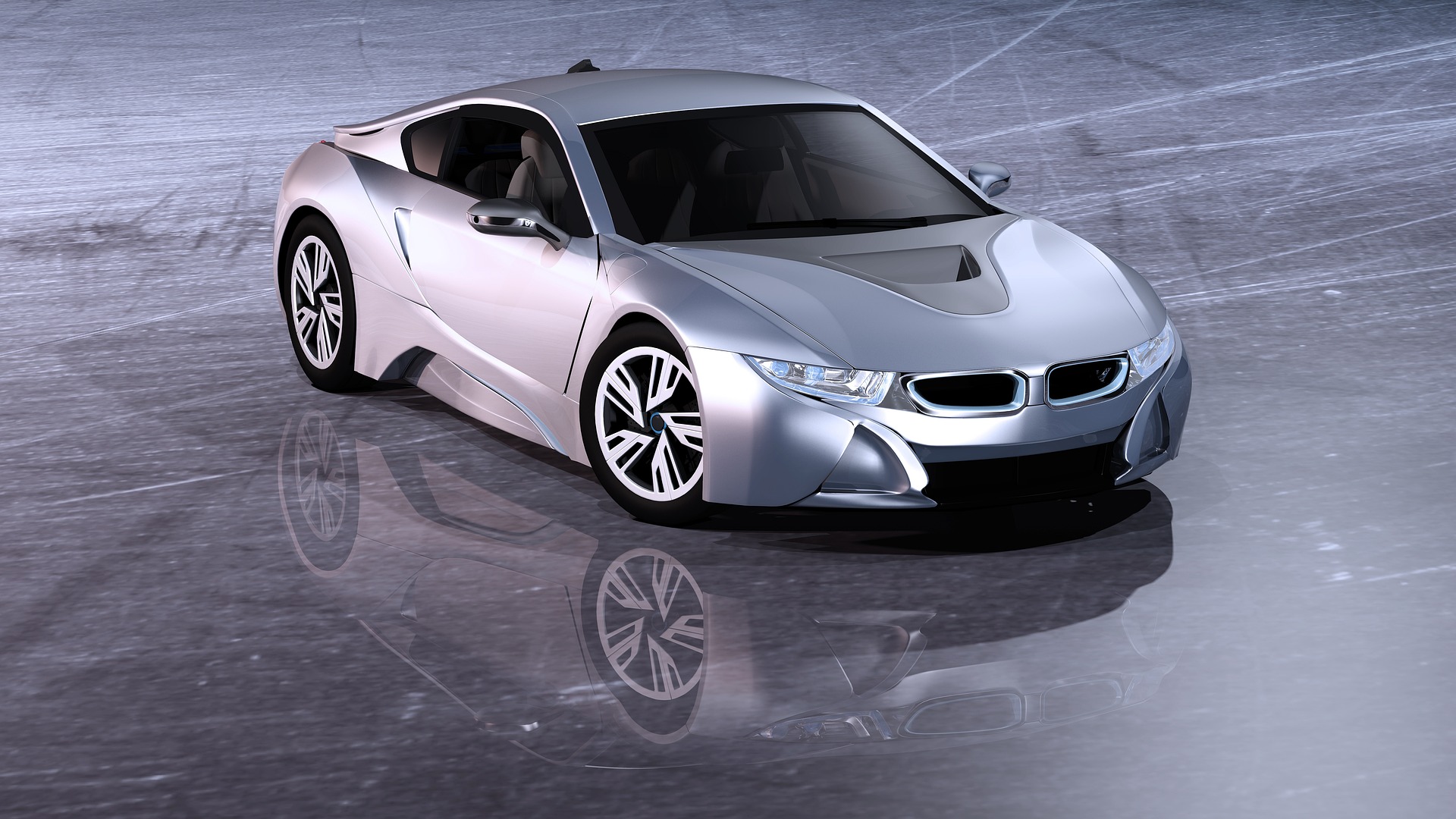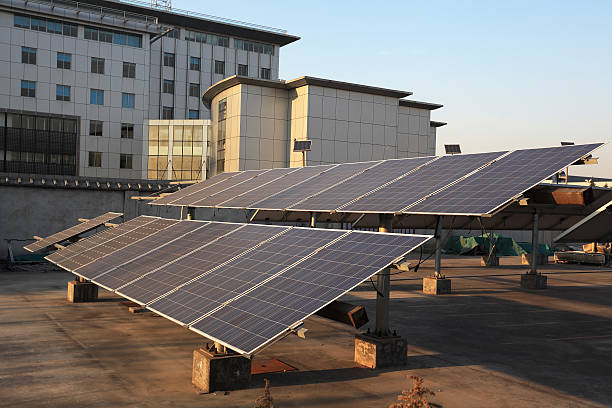Breaking the Ice with Cold Weather Engine Technology
In the heart of winter, car enthusiasts and everyday drivers alike have more than just icy roads to think about. It's also essential to understand how cold weather affects car engines and the technologies designed to mitigate these effects. Let's dive into the fascinating world of cold weather engine technology, how it has evolved over the years, and what the future holds.

The Frosty Past: Early Cold Weather Challenges
Cars and cold weather have had a challenging relationship since the early days of the automobile. Traditional internal combustion engines rely on a delicate balance of fuel, air, and heat to function efficiently. When temperatures drop, this balance is disrupted, leading to increased fuel consumption, decreased engine performance, and potential damage to the engine itself.
In the past, drivers often had to resort to physical interventions to get their cars running in cold weather. These included using heaters to warm the engine block, or manually adjusting the carburetor to alter the fuel-air mixture.
Advancements in Cold Weather Engine Technology
Over the years, automotive engineers have developed various technologies to help engines operate efficiently in cold weather.
One of the first major advancements was the introduction of fuel injection systems in the 1980s. These systems use sensors to measure air and fuel levels precisely, adjusting the mix as needed for optimal performance. This technology made it easier for cars to start and run in cold weather, reducing the need for manual adjustments.
The development of synthetic motor oils was another significant leap forward. Unlike conventional oils, synthetic oils maintain their viscosity in cold temperatures, providing better lubrication and protection for the engine.
Modern Marvels: Current Cold Weather Engine Solutions
The automotive industry’s latest developments continue to improve engine performance in cold weather.
One such advancement is the use of block heaters, which are plugged into an electrical outlet to pre-warm the engine. While this technology isn’t new, modern versions are more efficient and easier to use than their predecessors.
Additionally, advancements in battery technology have led to more efficient start-stop systems. These systems shut down the engine when the vehicle is idling and restart it when the driver presses the accelerator. This reduces fuel consumption and emissions, particularly in cold weather when engines tend to idle longer.
The Future of Cold Weather Engine Technology
Looking ahead, the future of cold weather engine technology appears bright. Research and development efforts are focusing on improving engine efficiency and reducing emissions, regardless of the weather conditions.
For example, engineers are exploring the use of advanced materials that perform well in cold temperatures, reducing the need for pre-heating. Similarly, next-generation synthetic oils are being developed to provide even better lubrication in extreme cold.
The Impact of Cold Weather Engine Technology
Cold weather engine technology has a significant impact on both drivers and the environment. It improves vehicle reliability and performance in cold weather, making winter driving safer and more enjoyable.
Moreover, it reduces fuel consumption and emissions, contributing to the fight against climate change. It’s a clear example of how technological advancements can enhance our daily lives while also promoting sustainability.
In conclusion, cold weather engine technology is a fascinating and critical aspect of automotive engineering. It’s a testament to the industry’s commitment to innovation, problem-solving, and sustainability, and it will undoubtedly continue to evolve in the years to come.





